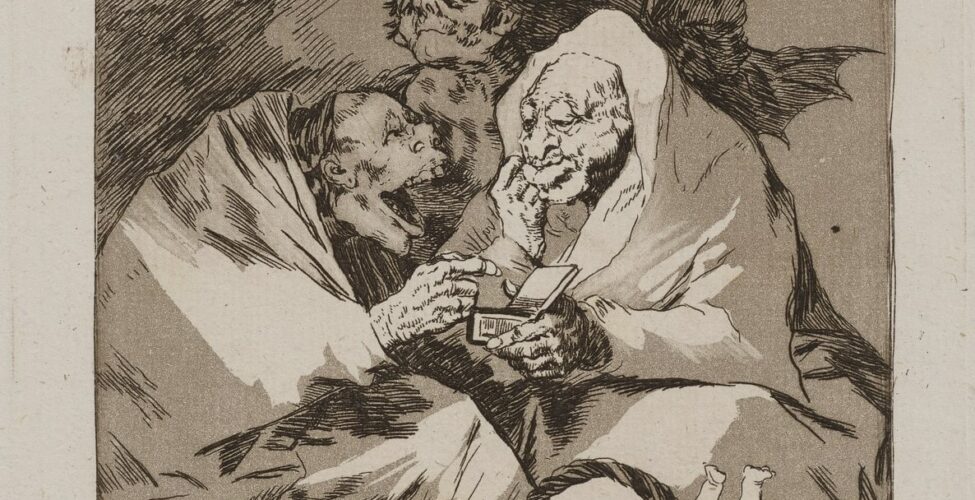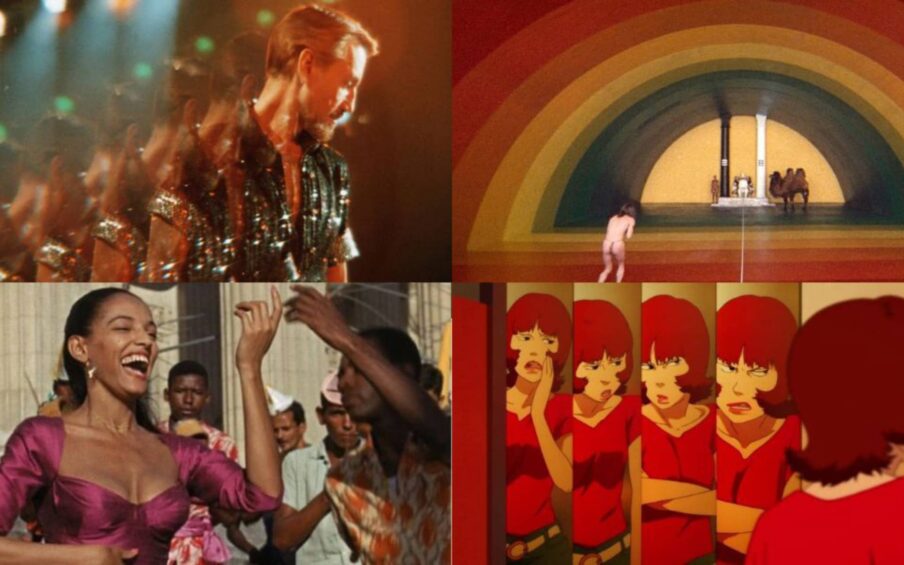When it comes to bats, gremlins, witches, and bogeymen, it is hard to beat the graphic work of Francesco de Goya. In honor of #Halloween, I offer you four prints from our collection acquired in 2019. All four hail from Los Caprichos (Caprices), a series of 80 enigmatic, satirical, and frequently bizarre etchings published in Madrid in 1799. Goya’s work can be appreciated on many levels—his sophisticated use of symbols to skewer current political and social mores; his mastery of aquatint to produce passages of light and dark within the same print; and his rich, mordant humor. If you like them simply for the bats, that is ok, too! Which print best matches your Halloween mood?
—Mary Weaver Chapin, Curator of Prints and Drawings
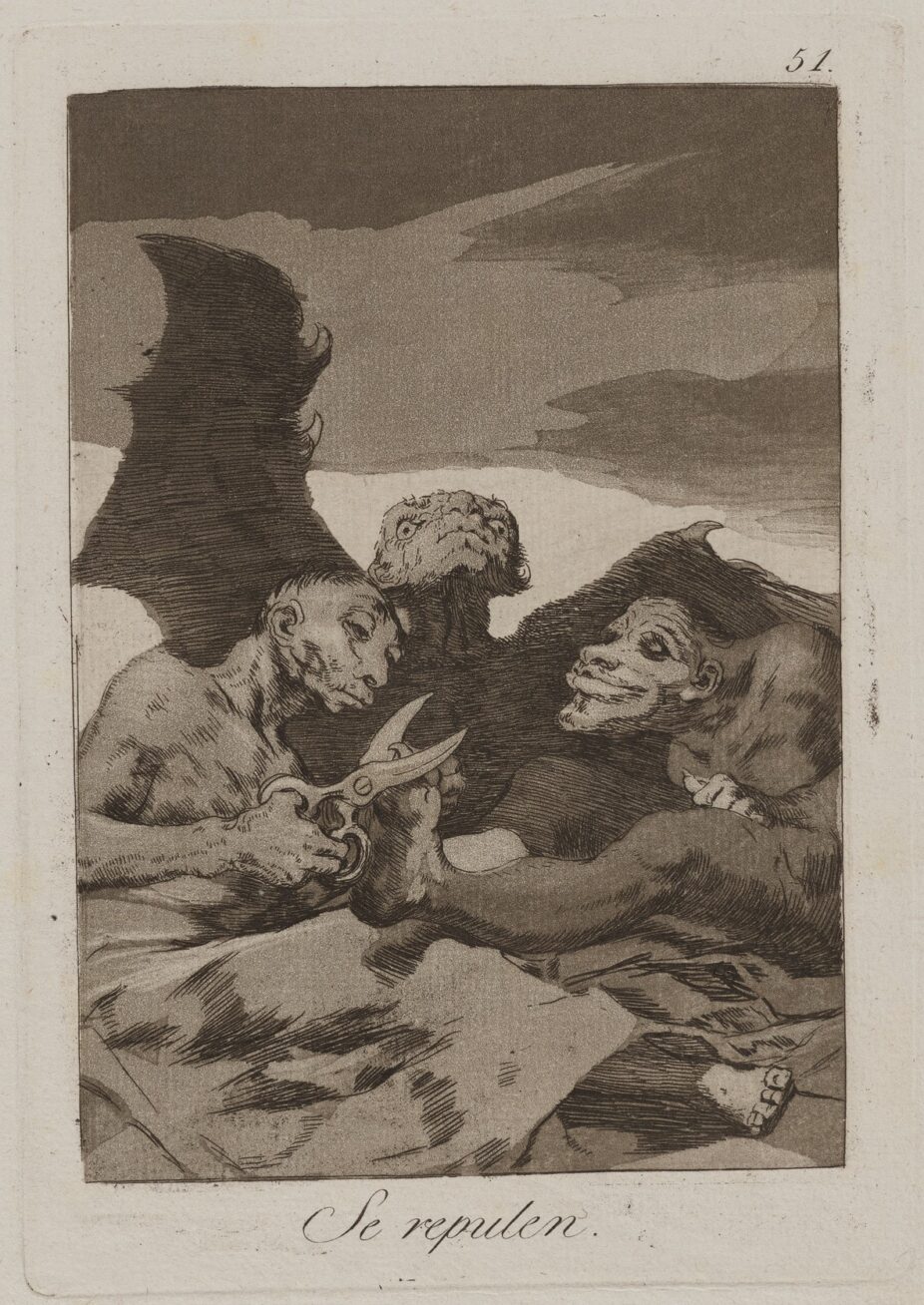
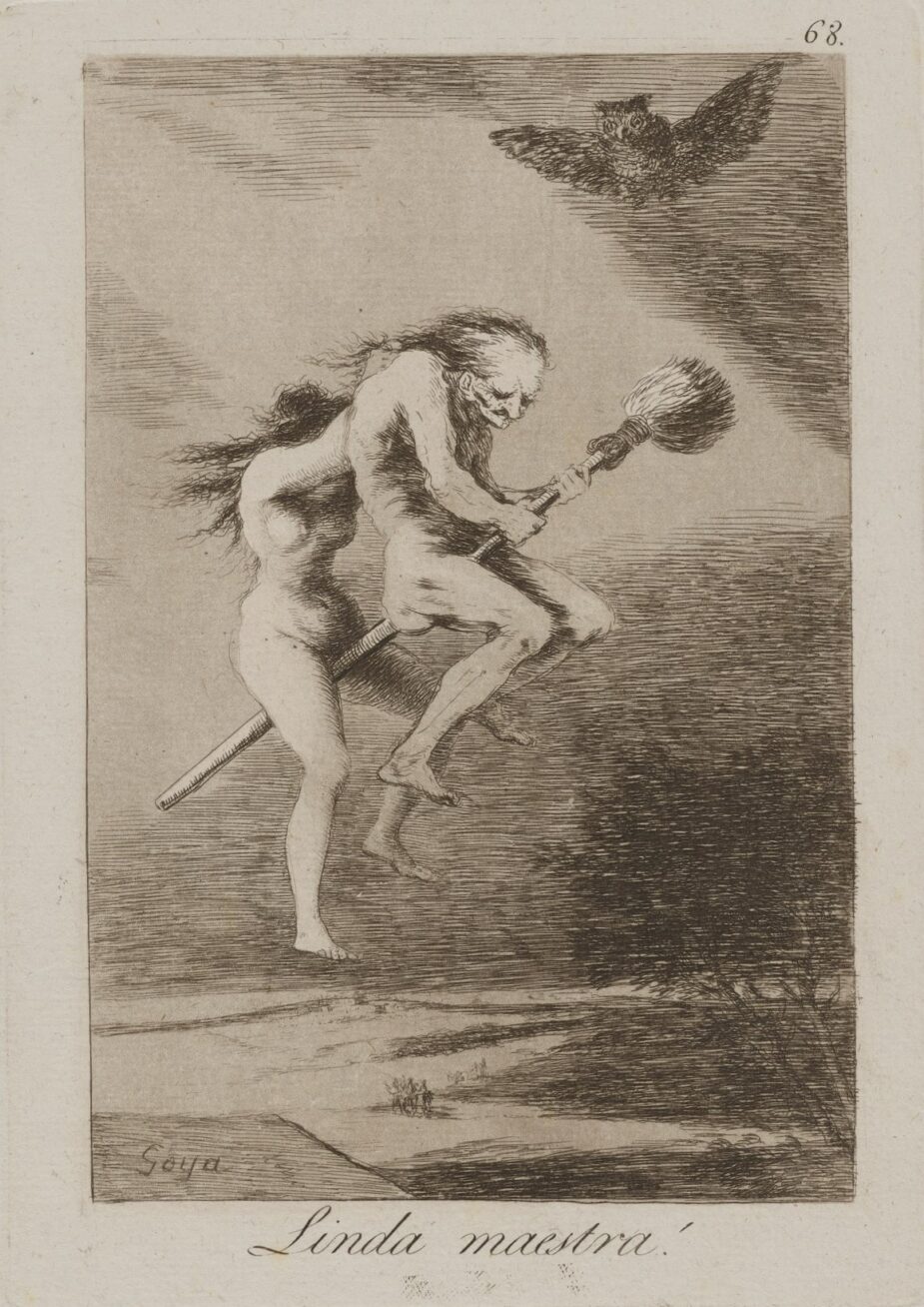
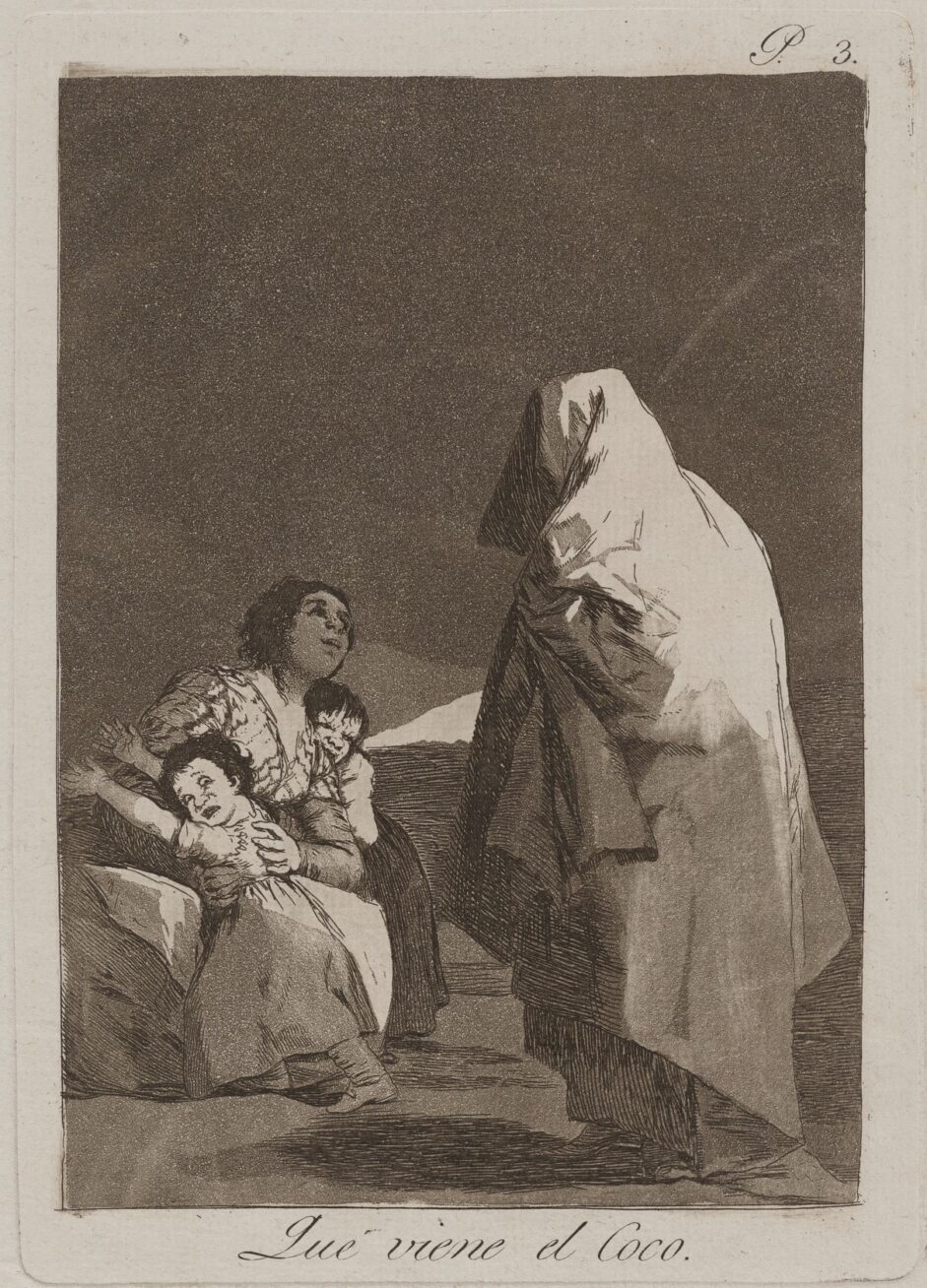
Francisco de Goya (Spanish, 1746–1828), Mucho hay que chupar (There is plenty to suck), plate 45, etching; Se repulen (They Spruce Themselves Up), plate 51, etching; Linda maesra! (Pretty teacher!), plate 68, etching; Que viene el coco (Here Comes the Bogey-Man), plate 3, etching with aquatint; from the series Los Caprichos. Gift of Susan Schulman and Carolyn Bullard in honor of Mary Weaver Chapin, 2019.69.1; Museum Purchase: Amanda Snyder Art Purchase Fund, 2019.68.4,5,3
